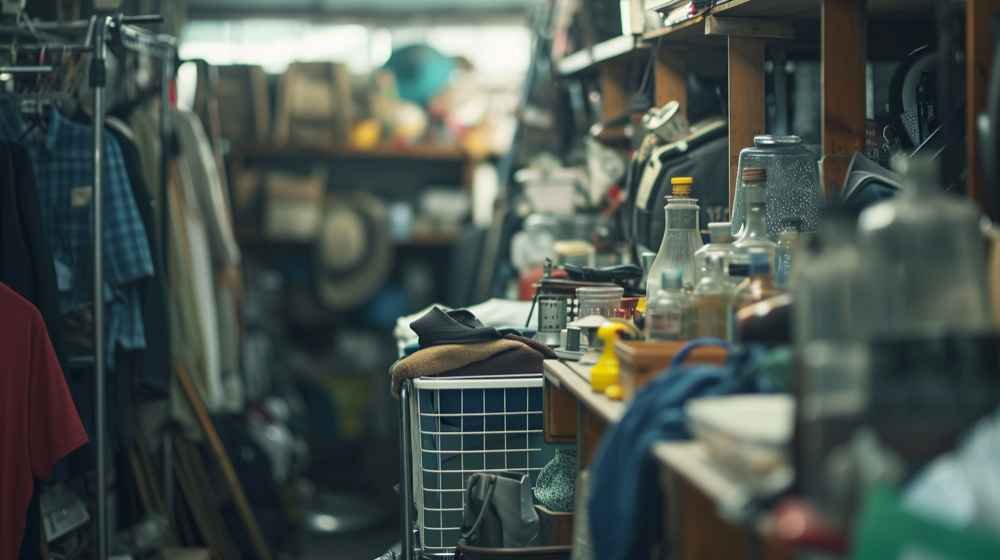You step outside after a downpour, expecting fresh air and a clean patio—only to find yourself sliding across the surface. That slick, dangerous feeling isn’t just inconvenient; it’s a safety risk for anyone walking through your yard. Many homeowners wonder why their outdoor areas become slippery so quickly and whether there’s a way to fix it without a complete overhaul.
The answer often lies in the surface material and how it’s been finished or maintained. For instance, limestone paving can offer a beautiful, natural look, but if it’s polished too smooth or not properly treated, it can hold a thin film of water and organic residue that becomes slippery in wet conditions. The good news is you don’t have to live with that hazard—there are practical steps you can take to make your outdoor areas safer.
Here’s how to understand the causes and take action so your paths, patios and pool surrounds stay grippy, even after rain.
Understand What Causes Slippery Surfaces
Slipperiness usually comes down to two main factors: surface texture and what’s sitting on the surface.
- Smooth finishes: Highly polished or sealed surfaces don’t provide enough grip for shoes or bare feet.
- Build‑up of debris: Algae, moss, and mould thrive in damp spots, creating a slimy layer.
- Poor drainage: Standing water takes longer to evaporate, giving slippery growths more time to develop.
Knowing which of these issues is affecting your space will guide the right solution.
Improve Drainage First
Water that can’t drain away will sit on the surface, inviting problems. Check that your outdoor area has:
- A slight slope away from buildings
- Unblocked drains and downpipes
- Adequate channels or gravel borders to guide water off paved areas
If water disappears quickly after rain, slippery conditions are less likely to develop.
Add or Restore Surface Texture
If your paving has become too smooth over time, there are ways to add grip without replacing it entirely:
- Anti‑slip treatments: Special coatings or etching solutions increase traction.
- Professional honing: A contractor can lightly resurface pavers to create more texture.
- Textured sealers: Some sealers include fine grit to provide grip while still protecting the surface.
These methods are cost‑effective compared to a full replacement.
Keep Surfaces Clean and Maintained
Organic build‑up is one of the most common reasons outdoor areas feel slippery. A simple maintenance routine can make a big difference:
- Sweep regularly to remove leaves and dirt before they settle
- Pressure wash or gently scrub with a mild detergent every few months
- Treat with an appropriate outdoor cleaner to prevent moss or algae
Consistent cleaning helps preserve the natural texture of your paving.
Choose Materials Wisely for New Areas
If you’re planning a new patio or pathway, consider materials known for their grip. Natural stones with a rough finish, textured concrete, or slip‑resistant pavers are all good options. Discuss with your installer how different finishes perform in wet conditions and ask for samples you can test barefoot.
Combine With Outdoor Safety Features
For high‑use zones like steps or pool surrounds, extra safety measures can help:
- Install handrails near steps or changes in level
- Use outdoor mats in entrance areas during rainy seasons
- Add subtle lighting to highlight potential hazards at night
These small additions create a safer environment year‑round.
A Safer Space, Rain or Shine
A patio or path that becomes slippery after rain isn’t something you have to accept. By improving drainage, restoring surface texture, and staying on top of maintenance, you can keep your outdoor areas looking beautiful and feeling safe underfoot. A little attention now means fewer slips later—so you can enjoy your yard with confidence, no matter what the weather brings.
For more, visit our website Home Threads






